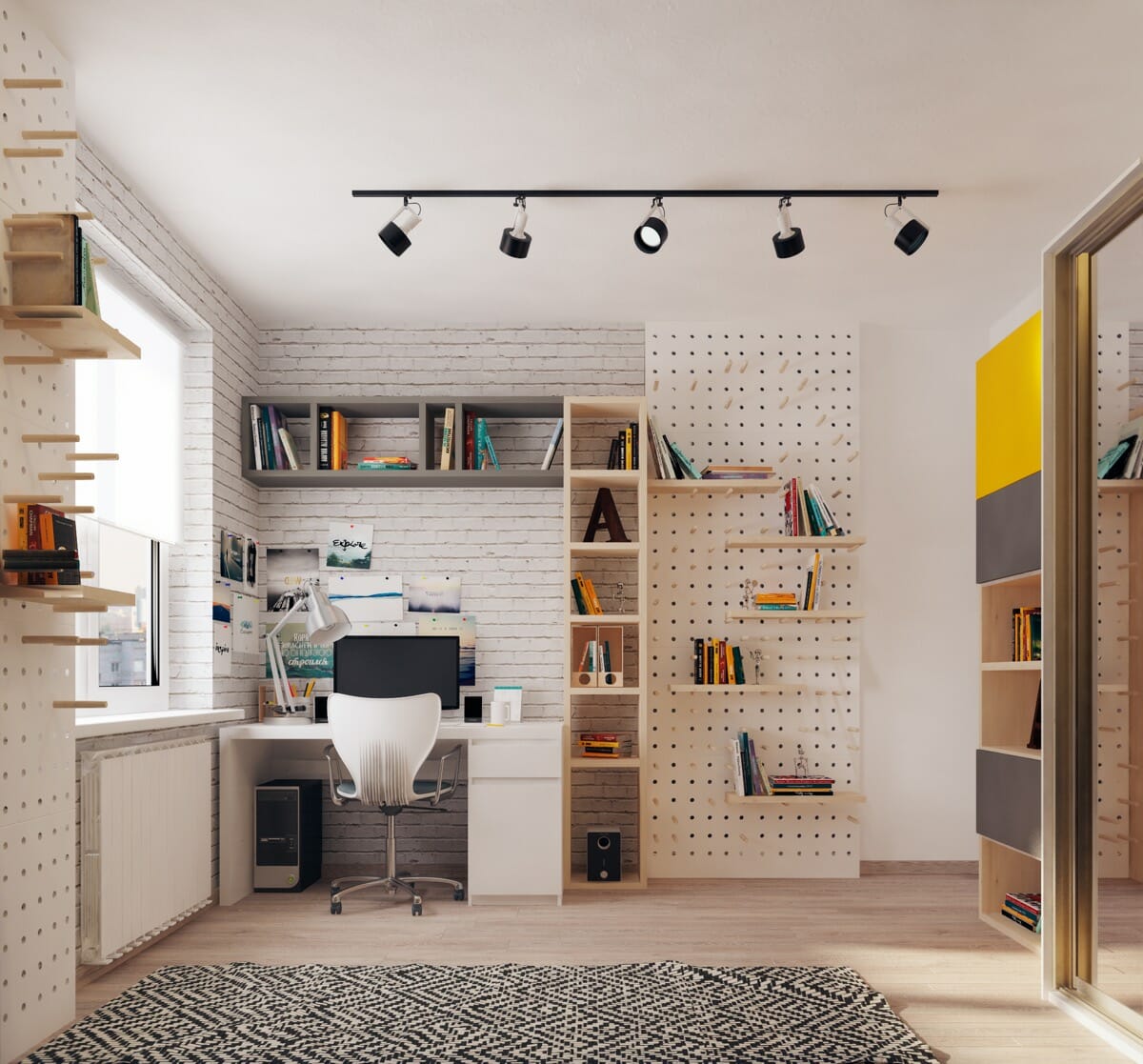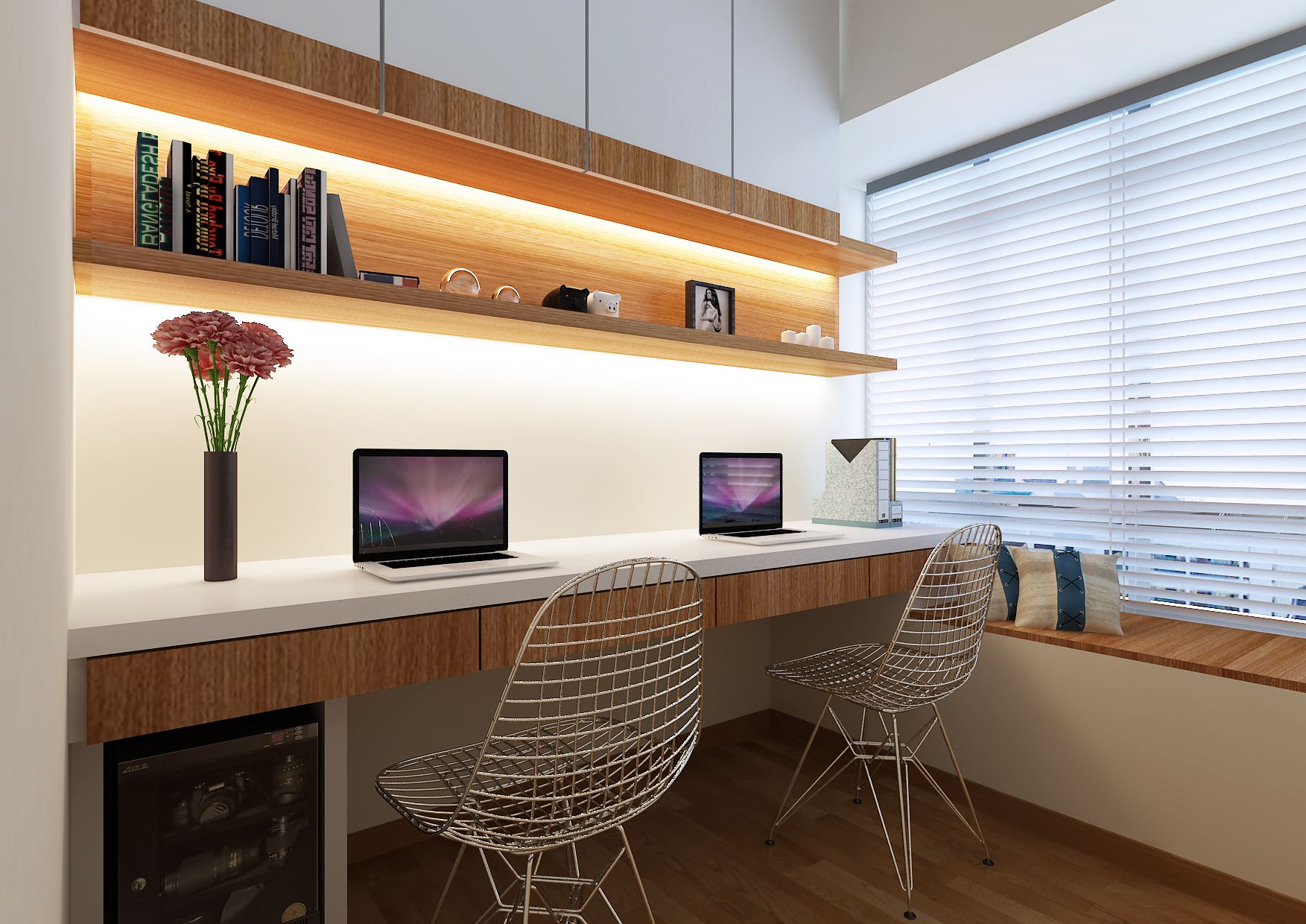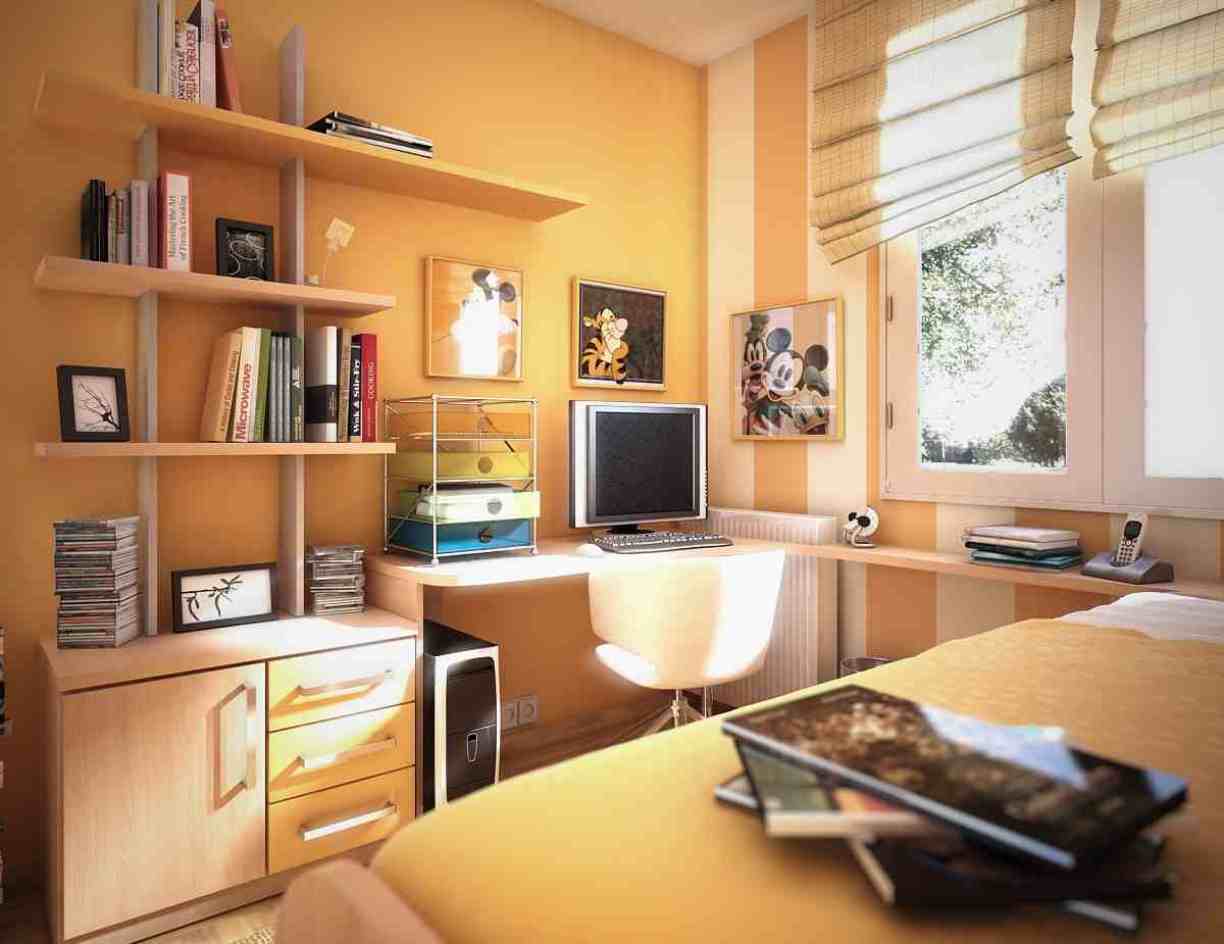Study Room Design Concepts

Creating an effective study room design involves considering fundamental principles and incorporating suitable design styles to foster a conducive and inspiring atmosphere. This involves understanding the user’s needs, the space available, and the desired aesthetic.
When designing a study room, it’s important to create a space that is both functional and inspiring. One way to do this is to incorporate mirror wallpaper. Mirror wallpaper can help to make a room feel larger and brighter, and it can also create a sense of depth and dimension.
Additionally, mirror wallpaper can be used to create a variety of different looks, from modern and minimalist to classic and elegant. By incorporating mirror wallpaper into your study room design, you can create a space that is both stylish and functional.
Design Principles
- Ergonomics: Prioritizing comfort and support through proper furniture selection, lighting, and ventilation to minimize fatigue and enhance focus.
- Functionality: Designing the space to accommodate essential study materials, equipment, and storage solutions, ensuring accessibility and organization.
- Ambiance: Creating a visually appealing and inspiring environment that promotes concentration and minimizes distractions.
Design Styles
Selecting a design style that aligns with personal preferences and the intended atmosphere can enhance the study room’s effectiveness.
- Minimalist: Characterized by simplicity, clean lines, and neutral colors, promoting a clutter-free and calming space.
- Scandinavian: Incorporating natural elements, such as wood and plants, with a focus on functionality and comfort.
- Industrial: Utilizing exposed materials like brick, metal, and concrete, creating a raw and edgy aesthetic that can foster creativity.
Inspiring Atmosphere
Incorporating elements that stimulate the senses and create a positive mood can enhance the study experience.
When designing a study room, it’s important to consider the layout and furniture to create a productive and inspiring space. One essential element that can elevate both the aesthetics and functionality of the room is a large bedroom mirror.
Not only does it add depth and light to the room, but it also provides a convenient way to check your appearance before heading out. By incorporating a large mirror into your study room design, you can create a space that is both stylish and conducive to productivity.
- Natural light: Maximizing natural light sources to reduce eye strain and create a more inviting space.
- Plants: Adding greenery to purify the air, reduce stress, and enhance creativity.
- Personal touches: Displaying artwork, photos, or motivational quotes to personalize the space and boost inspiration.
Functional Elements of a Study Room

Designing a study room that is both functional and conducive to productivity requires careful consideration of its layout, furniture, equipment, and organizational strategies. By maximizing space, selecting essential furnishings, and implementing effective organizational systems, you can create a study environment that supports your academic pursuits.
Layout and Space Optimization
The layout of your study room should prioritize space optimization and functionality. Consider the following tips:
- Maximize natural light by positioning your desk near a window.
- Utilize vertical space with shelves, cabinets, and hanging organizers.
- Create designated areas for different activities, such as reading, writing, and computer work.
li>Ensure adequate circulation space around your desk and other furniture.
Essential Furniture and Equipment
Essential furniture and equipment for a study room include:
- Desk: Choose a desk that provides ample workspace and storage for your materials.
- Chair: Select an ergonomic chair that supports good posture and provides comfort during extended study sessions.
- Shelving: Install shelves to store books, binders, and other study materials.
- Filing Cabinet: Keep important documents and notes organized in a filing cabinet.
- Computer and Printer: A computer and printer are essential for research, writing, and printing materials.
Organization and Clutter Management
Maintaining a clutter-free and organized study room is crucial for productivity. Implement the following strategies:
- Regularly declutter: Remove unnecessary items and dispose of or store them elsewhere.
- Use storage solutions: Utilize shelves, drawers, and organizers to keep items in their designated places.
- Categorize and label: Group similar items together and label containers to facilitate easy retrieval.
- Utilize digital tools: Scan documents and use cloud storage to reduce paper clutter.
Customization and Personalization

Transforming your study room into a personalized haven is crucial for fostering a conducive and inspiring learning environment. Embrace your personal style and infuse it into every aspect of the design.
Unleash your creativity by experimenting with vibrant colors, captivating patterns, and meaningful artwork. These elements can evoke emotions, boost motivation, and create a unique ambiance that resonates with your personality.
Color and Patterns
- Incorporate colors that inspire you and align with the intended mood of the room. For example, shades of blue promote tranquility and focus, while warm tones like yellow and orange exude energy and positivity.
- Experiment with patterns that add visual interest and reflect your aesthetic preferences. Geometric designs, floral motifs, or abstract patterns can create a dynamic and engaging atmosphere.
Artwork and Decor, Study room design
- Display artwork that holds personal significance or inspires you. Framed photographs, paintings, or prints can evoke memories, spark creativity, and provide visual stimulation.
- Incorporate motivational quotes, affirmations, or inspirational messages into your decor. These elements can serve as constant reminders of your goals and boost your determination.
- Add plants to bring life and freshness into the space. They not only purify the air but also create a sense of tranquility and connection with nature.
Sentimental and Motivational Elements
- Display objects that hold sentimental value, such as souvenirs from meaningful experiences or gifts from loved ones. These items can evoke positive emotions and create a comforting atmosphere.
- Create a vision board or mood board that showcases your goals, aspirations, and inspirational images. This visual representation can serve as a constant source of motivation and keep you focused on your objectives.